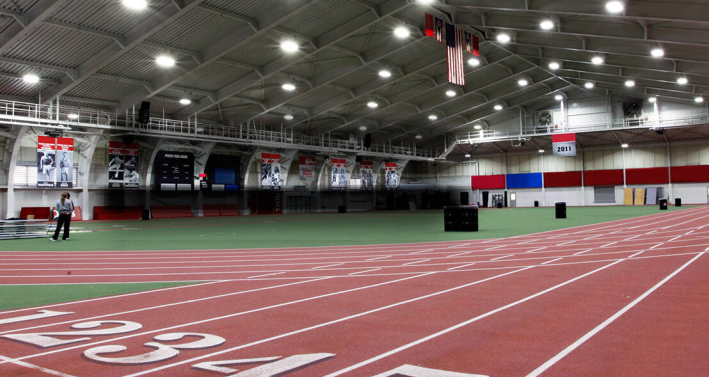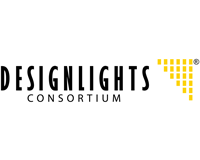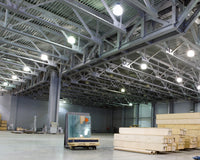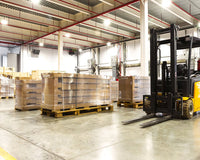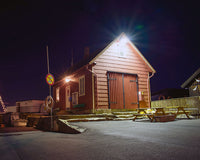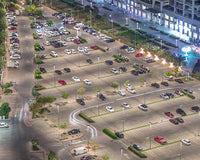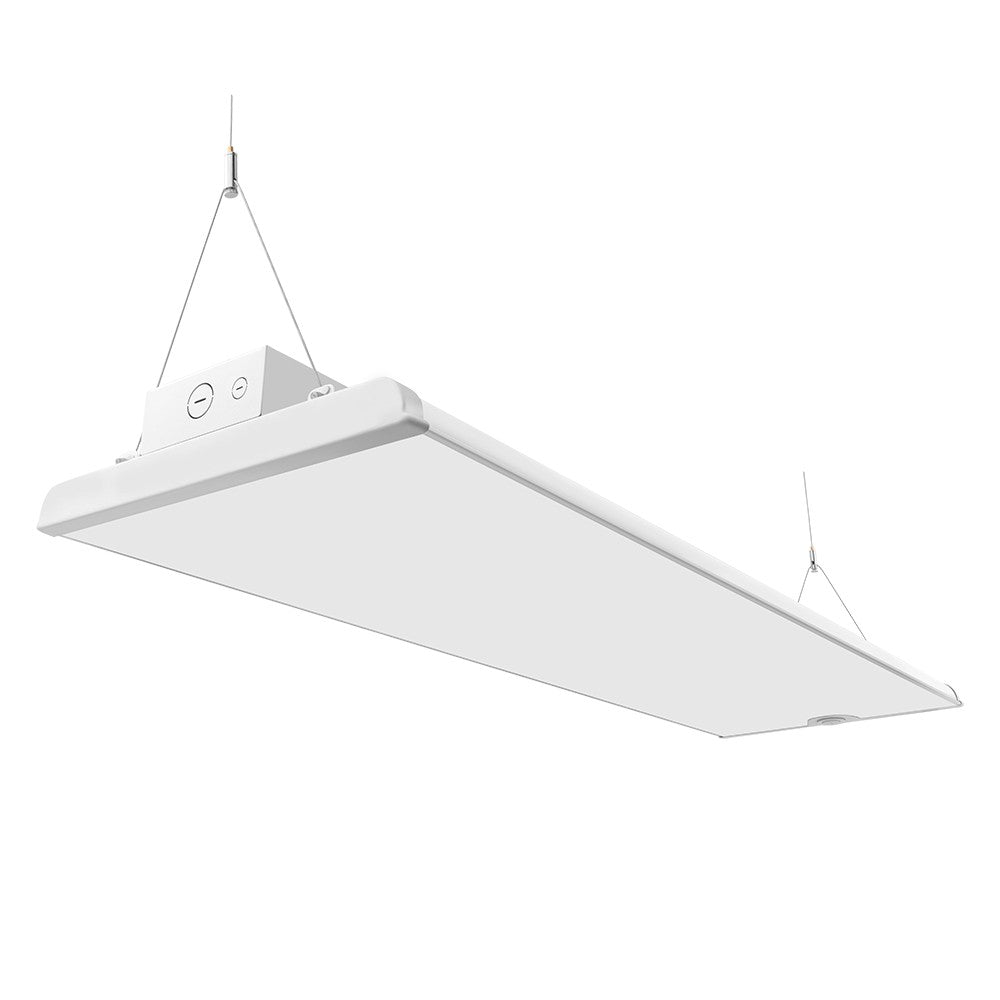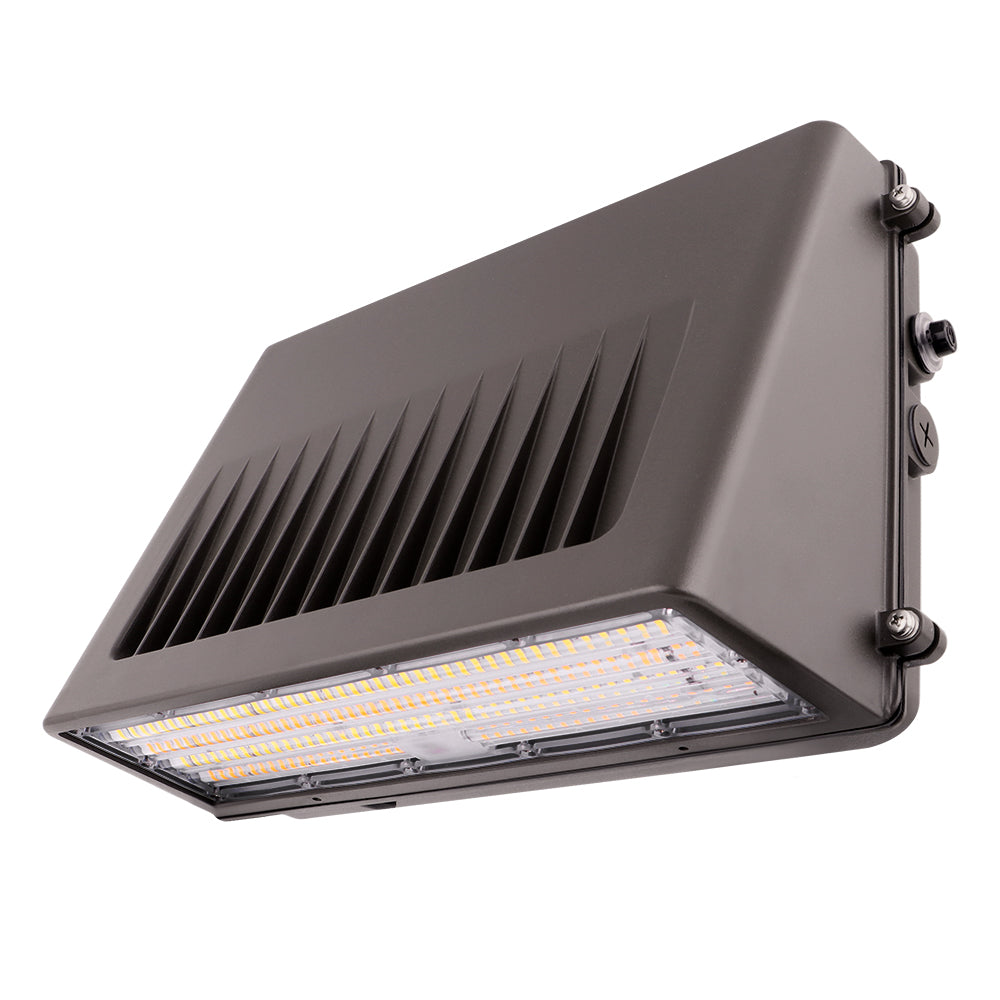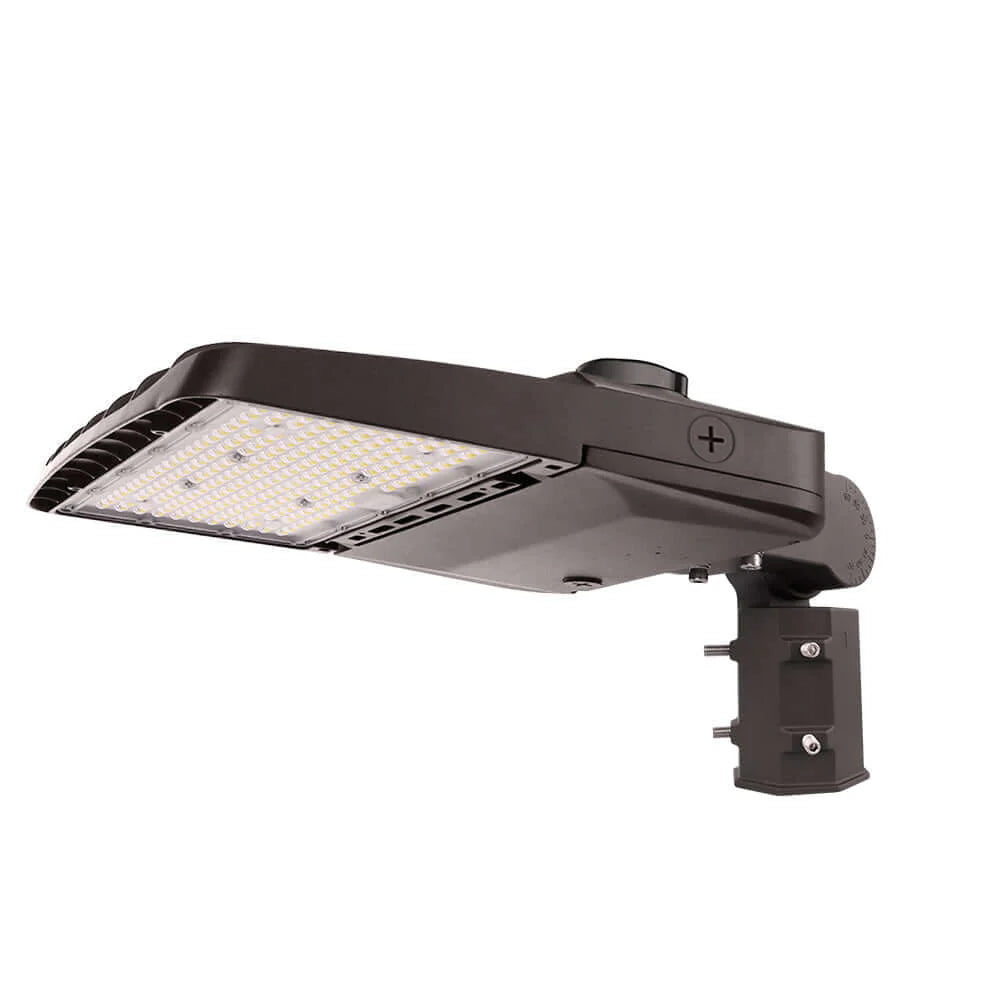Sports venues have always demanded powerful, high-performance lighting, not just for visibility but to enhance gameplay, ensure safety, and deliver an optimal viewing experience for spectators and broadcast audiences alike. Over the years, lighting technology has evolved significantly, moving from traditional metal halide lamps to modern LED solutions.
As you may have noticed, many modern stadiums and sports fields are rapidly shifting away from metal halide fixtures, embracing LED stadium lighting instead. Why is this happening? It's not just a matter of trend, LEDs offer real-world advantages in performance, cost, and environmental impact.
In this article, we'll break down what sets LED sports lights apart from traditional metal halide lights, so you can better understand which is right for your sports facility or lighting upgrade project. If you're considering upgrading your sports facility, understanding the differences between these two technologies will help you make the right choice.
Part 1. What is LED Stadium Lighting?
At its core, LED stadium lighting uses light-emitting diodes (LEDs) to produce bright, focused illumination with exceptional energy efficiency. Unlike older lighting systems that rely on gas or filaments, LEDs generate light through the movement of electrons in a semiconductor material. This not only makes them more durable, but also highly controllable in terms of brightness, color temperature, and direction.
Key Features of LED Sports Lights:
- Instant-On Capability: Unlike metal halide lamps that take minutes to reach full brightness, LEDs light up immediately, which is ideal for events with quick turnarounds.
- Energy Efficiency: LED consume up to 60-70% less energy than metal halide lights, reducing electricity costs significantly.
- Long Lifespan: With an average lifespan of 50,000–100,000 hours, LED stadium lights last much longer, minimizing maintenance and replacement costs.
- Durability & Weather Resistance: LED are built with robust materials, making them resistant to vibrations, extreme temperatures, and moisture.
- Customizable Lighting: Advanced LED systems allow for precise beam control, reducing glare and light spillage while ensuring uniform illumination across the field.
When it comes to practical use, you'll find LED sports lights installed in a wide range of venues—from professional stadiums and indoor arenas to school football fields, tennis courts, and even skate parks. One major benefit you'll appreciate as a user is their instant-on capability. There's no waiting around for lights to warm up, just flick the switch and your pitch is fully illuminated.
Part 2. What is Metal Halide Sports Lighting?
Before LED became mainstream, metal halide (MH) lights were the go-to solution for stadiums. These high-intensity discharge (HID) lamps produce light by passing an electric arc through a mix of gases, including mercury and metal halides.
Key Characteristics of Metal Halide Lights
- High Brightness: Metal halide lamps offer strong illumination, making them suitable for large sports venues.
- Warm-Up Time: Unlike LED, MH lights take 5–10 minutes to reach full brightness and may need even longer to restart if turned off.
- Shorter Lifespan: Typically lasting 10,000–20,000 hours, they require frequent replacements, increasing long-term costs.
- Energy Consumption: They are less efficient than LED, consuming more power and generating excess heat.
- Sensitivity to Power Interruptions: If there's a brief power cut, metal halide lights may shut off and take time to reignite.
Metal halide lights were once praised for their high brightness and relatively good color rendering, which helped athletes and spectators see more clearly, even during night-time matches. You'll still find them in some older facilities, particularly where full lighting upgrades haven't yet been made.
While they played an important role in the development of sports lighting, metal halide systems are quickly being replaced by LED, especially as more venues prioritize energy-efficient stadium lighting and modern controls.
Part 3. Key Differences Between LED Sports Lights and Metal Halide
When choosing between LED sports lights and traditional metal halide (MH) lighting, the differences go beyond just brightness. Below, we break down the key factors to help you decide which is best for your stadium or sports facility.
Brightness & Lumen Output
- LED Sports Lights: Provide consistent, flicker-free illumination with high lumen output. They offer better color rendering (CRI >80), which is crucial for high-definition broadcasts and player visibility.
- Metal Halide Lights: While bright, they suffer from lumen depreciation over time—meaning they gradually lose brightness. Color accuracy also drops as the bulbs age.
Energy Efficiency
- LED Sports Lights: On average, LEDs use up to 70% less energy than metal halide fixtures to deliver the same or better brightness. That's a major win if you're looking to reduce running costs or meet energy-saving goals.
- Metal Halide Lights: Metal halide systems are known for their energy hunger, and much of that energy is lost as heat rather than light.
Lifespan & Durability
- LED Sports Lights: Last 50,000–100,000 hours, depending on the product and usage.
- Metal Halide Lights: Typically last 10,000–20,000 hours, requiring frequent bulb and ballast changes, and their light output declines long before they fully burn out.
Instant On/Off vs Warm-Up Time
You've probably experienced the frustration of waiting for metal halide lights to warm up; it can take anywhere from 10 to 20 minutes to reach full brightness. With LEDs, it's the opposite: full brightness is achieved instantly, giving you flexibility to schedule events more efficiently, no more delays before games or unexpected blackouts during events.
Directional Lighting vs Omnidirectional
Another often-overlooked advantage of LEDs is their ability to focus light precisely where they’re needed. Metal halide fixtures emit omnidirectional light, which often requires reflectors and causes light spill and glare.
LEDs, on the other hand, produce highly directional lighting, which improves coverage, reduces energy waste, and ensures spectators and neighbors aren't blinded by unnecessary glare.
Environmental Impact
If sustainability matters to you, LEDs are the clear winner. They contain no hazardous substances unlike metal halide bulbs, which include mercury that requires special disposal procedures.
Additionally, due to their lower energy consumption, LED naturally result in a smaller carbon footprint, helping sports venues move toward greener operations.
Smart Control Systems
- LED Sports Lights: LED systems are fully compatible with smart lighting technologies like wireless dimming, scheduling, motion sensors, and even remote controls via Bluetooth or app-based systems.
- Metal Halide Lights: Metal Halide lights are far less adaptable. Most can only handle basic on/off switching and lack integration with smart technologies, making them feel outdated in today's digital stadiums.
Maintenance and Long-Term Saving
- LED Sports Lights: While LED sports lights come with a higher initial cost, the long-term savings more than make up for it. With lower energy use, minimal maintenance, and fewer replacements, you'll recover your investment relatively quickly.
- Metal Halide Lights: Metal halide systems may seem more affordable upfront, but they require frequent bulb and ballast replacements, more downtime, and higher energy bills, costs that accumulate rapidly over time.
If you're aiming for efficiency, performance, and future-ready lighting, LED stadium lighting offers a smarter, cleaner, and more cost-effective solution compared to traditional metal halide lights.
Part 4. When to Upgrade to LED Sports Lighting
If you're managing a sports facility whether it's a professional stadium or a local community pitch, there comes a point when your existing lighting setup simply isn't cutting it anymore. Or still using old metal halide lights, how do you know when it's time to switch to LED sports lighting? Here are the telltale signs:
- Flickering or inconsistent lighting: Poor visibility affects gameplay and spectator experience.
- Sky-high energy bills: Metal halide lamps waste electricity; LEDs cut costs by up to 70%.
- Frequent bulb replacements: If you're constantly changing bulbs, LED's long lifespan will save you time and money.
- Poor broadcast lighting: Modern LED lights enhance TV coverage with better color accuracy.
Upgrading doesn't always mean tearing everything out. If your existing infrastructure is still in good condition, you can explore a retrofit solution, replacing the outdated lamps with LED sports lights while keeping the mounts or poles. For older facilities or major renovations, a full new installation might offer better results, especially when integrating smart control systems.
Most venues recover their LED lighting investment within 2-5 years through energy savings and reduced maintenance. After that, it's pure savings.
If you're ready to take the next step, we highly recommend checking out Revolve LED. Their range of high-performance LED stadium lights offers durable, energy-efficient options for every budget and facility size.
Conclusion
Switching to LED sports lighting isn't just a trend—it's a smart investment. With better visibility, lower energy costs, and minimal maintenance, LEDs outperform metal halide in every way. Whether you manage a professional stadium or a local sports field, switching to LED ensures long-term savings and superior lighting quality.
Ready to light up your field the smart way? Explore your options at Revolve LED or reach out for a lighting consultation tailored to your needs.


